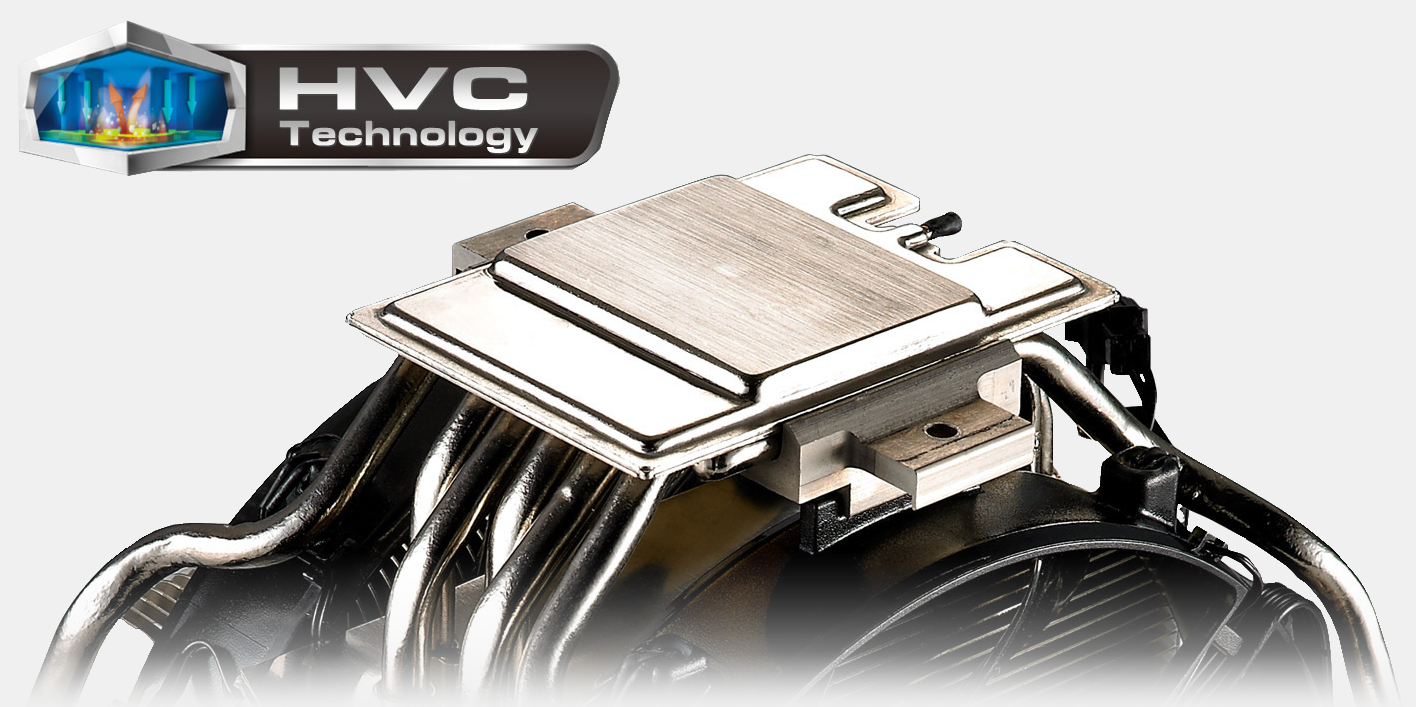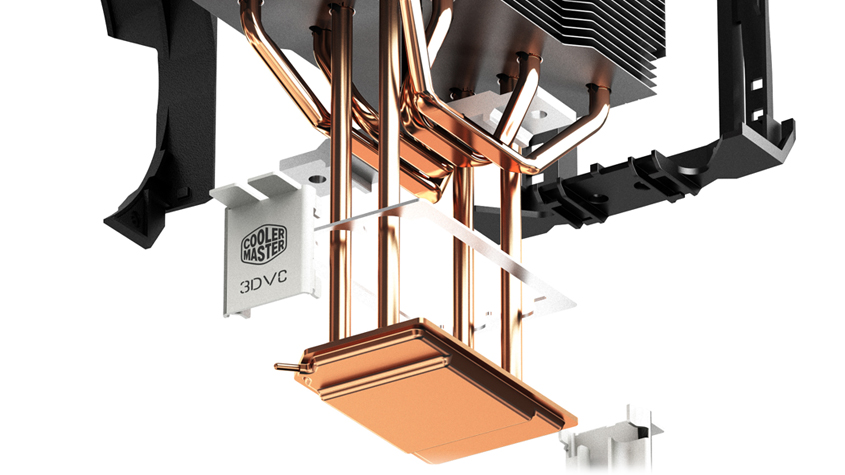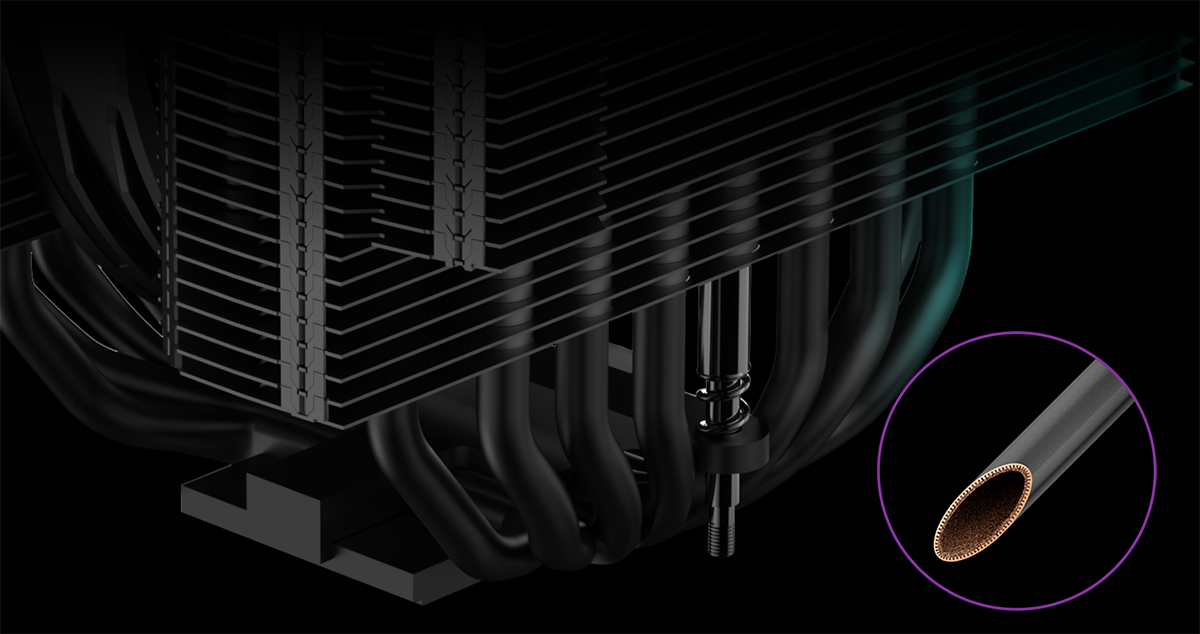Before heat pipes became a standard feature in CPU coolers, they were used in aerospace. Before they were used in aerospace, they were studied in classified labs. And before they ever reached a retail shelf, Cooler Master put them into a consumer product.
Before heat pipes became a standard feature in CPU coolers, they were used in aerospace. Before they were used in aerospace, they were studied in classified labs. And before they ever reached a retail shelf, Cooler Master put them into a consumer product.
Since 2000, we’ve been at the forefront of heat pipe innovation pushing performance, rethinking internal structures, and turning experimental designs into retail-ready technology. What began with a single copper tube has evolved into today’s superconductive composite heat pipes, setting new standards for cooling efficiency.
This is the story of how Cooler Master helped bring heat pipes to the PC world and how we continue to push their limits.
2000: The First Retail CPU Cooler with a Heat Pipe
In 2000, Cooler Master launched the CHK-5K11, the first commercially available CPU air cooler to feature heat pipe technology.
The design was modest by today’s standards: a single copper heat pipe paired with a 50x10mm fan and aluminum fins. But it was groundbreaking. While heat pipes had already seen limited use in industrial electronics and devices like the Sega Dreamcast, no PC cooling company had yet brought them to the retail CPU market.
It wasn’t about flashy performance. It was about proving the concept worked and laying the foundation for an entirely new generation of coolers. From that moment, heat pipes began their steady march into mainstream PC design.
2008: Vapor Chamber Meets Heat Pipe
The next leap forward came in 2008 with the release of the Cooler Master V8 GTS, the first CPU cooler to combine a horizontal vapor chamber base with a multi-pipe heat sink.
Why did that matter? Because vapor chambers—flat, pressurized chambers that spread heat evenly across their surface—help solve a core limitation of traditional heat pipes: localized hotspots. By adding a vapor chamber at the base, the V8 GTS ensured that all eight of its heat pipes received consistent thermal input, which meant better overall dissipation.
This integration of vapor chamber + heat pipe set the stage for higher TDP cooling and opened the door for increasingly compact, high-performance air coolers.

2015: Introducing 3D Vapor Chamber (3DVC) Technology
Cooler Master continued to push the boundaries between vapor chambers and heat pipes with the MasterAir Maker 8, released in 2015. This innovative cooler featured a 3D vapor chamber base that effectively drove heat directly into its eight heat pipes with enhanced efficiency compared to traditional flat plates.
Unlike standard vapor chambers, where heat pipes are placed on top, the 3DVC base integrates heat pipes internally within the common volume. This clever design enables a smooth path for vapor from the vapor chamber to flow directly into the heat pipes, ensuring even distribution of heat across the radiator. As a result, thermal contact is improved, and the load is distributed more evenly across all pipes – even under burst workloads or uneven die layouts.
By treating the base as an active component in its own right, rather than just a passive metal block, the MasterAir Maker 8 elevated heat pipe integration to new heights. It effectively turned the CPU interface into a dynamic thermal transport layer that plays a crucial role in managing heat transfer.

2023: Superconductive Composite Heat Pipes Redefine Efficiency
After years of refining internal pipe structure and manufacturing methods in ODM and industrial applications, Cooler Master introduced its most advanced heat pipe system yet: Superconductive Composite Heat Pipes, featured in the MA824 Stealth.
These aren’t simply copper tubes. Each pipe is built with a dual-wick structure using fine powdered copper sintered at the evaporator end (CPU side) and coarser grooves at the condenser end (fin stack). This design allows fluid to move back to the heat source more efficiently, even against gravity or in low-pressure environments.
By optimizing fluid return, evaporation surface area, and internal texture, Cooler Master nearly doubled the Q-max (heat transfer capacity) per pipe compared to standard designs.
In short: fewer pipes can now do more work and they do it quieter, faster, and with less thermal lag.

2025: The 3DHP Breakthrough
With the release of the V4 in 2025, Cooler Master introduced its next evolution: 3DHP.
Unlike traditional mirrored U-shaped layouts, 3DHP adds a third heat pipe offset from the vertical axis, carefully positioned to work with fan airflow rather than against it. In typical layouts, stacking pipes directly above one another creates bottlenecks and traps heat. 3DHP solves this by staggering the layout, ensuring that each pipe feeds its own airflow channel.
This layout maximizes fin saturation, avoids dead zones, and delivers lower temperatures without increasing footprint or fan speed. It’s a smarter use of geometry—not brute force.
3DHP represents the next phase in Cooler Master’s approach to thermal engineering:
• Solve airflow and heat dissipation as one system.
• Use smarter pipe routing to improve performance under real-world conditions.
• Prioritize performance that lasts, not just peaks.
More Than Materials: A Culture of Thermal Innovation
Every advancement in our heat pipe technology has followed the same principle: don’t just add more, but make every pipe count.
Over the years, we’ve:
• Introduced new internal wick structures to improve capillary action
• Adjusted pipe diameters and wall thickness to improve saturation and fit within tighter cooler footprints
• Optimized pipe layout to match real-world airflow, not just lab conditions
From the CHK-5K11 to the V8 GTS, from the Maker 8’s 3DVC to the MA824’s superconductive composite system, each milestone reflects Cooler Master’s long-standing commitment to real engineering, not gimmicks.
Where We Go From Here
Heat pipes are no longer a curiosity. They’re a core part of modern computing. But we don’t believe their story is finished.
As CPUs push higher wattages and tighter form factors, traditional cooling designs will keep hitting limits. That’s why we continue to experiment with materials, layouts, textures, and fluid dynamics.
The next breakthrough won’t be about adding more things, it’ll be about making them smarter, smaller, and more effective.
And if history is any guide, Cooler Master will get there first.
